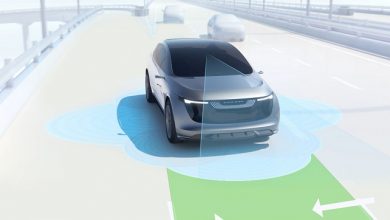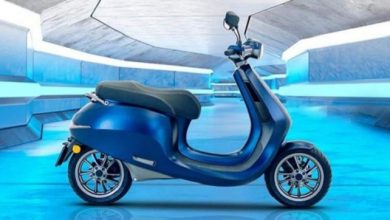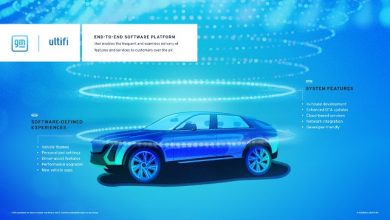India Electric Vehicle (EV) Market Report 2021
Two-wheeler Segment is Witnessing the Emergence of a Number of Start-ups, which is Driving Competition and Advancements in Technology

The “India Electric Vehicle (EV) Market 2021: Profiles of Key EV Manufacturers Making an Impact” report has been added to ResearchAndMarkets.com’s offering.
This study profiles the major EV manufacturers making an impact on the Indian market, including Maruti Suzuki, Tata Motors, and Mahindra and international giants such as Toyota, Renault, and Honda. The study also looks at start-ups that are innovating in the electric two-wheeler space (Athere and Ampere, for instance).
India is still a nascent market in terms of EVs; nevertheless, OEMs have started experimenting and preparing themselves for the inevitable – a future that is electric. Tata Motors and Mahindra & Mahindra were the first entrants in the EV market, and Maruti Suzuki plans to enter this space in the near term with a small compact EV as its first offering.
Taking into account early adoption trends, eMobility will first penetrate the commercial and the fleet markets. Although mass adoption is not likely to happen in the short term, two wheelers and three wheelers are likely to witness substantial success right away. Battery capacity, especially for electric two wheelers, is likely to be a non-issue as bikes and mopeds are mainly used for inter-city travel/short distances; therefore, two wheelers are likely to be immensely successful.
eCommerce companies (Amazon, for example) are launching initiatives to use eMobility for last-mile deliveries to reduce carbon footprint. India is experimenting with eMobility for public transport and has deployed electric inter-city buses across some of the major cities. The electric two-wheeler market in India holds significant potential, especially because the country is the world’s largest two-wheeler market in sales as well as production (ranked behind China).
This research service contains:
- OEM overviews
- Information about OEM R&D, EV product offerings, product specifications, partnerships, and future plans
- A segment-wise analysis of current vehicle portfolios
- Battery specification roadmaps
- A summary of overall EV strategy and segment focus
- Profiles of key two-wheeler EV start-ups
Key Issues Addressed
- At present, which companies are actively participating in the Indian EV market?
- What are the product strategies of these market participants?
- Which segments are OEMs likely to prioritize by 2025?
- Which companies are key participants in the two-wheeler start-up space?
- What are the current/future offerings of these start-ups? What are their funding targets?
Key Topics Covered:
1. Strategic Imperatives
- Why Is It Increasingly Difficult to Grow?
- The Strategic Imperative
- The Impact of the Strategic Imperative on the Indian Electric Vehicle Market
- Growth Opportunities Fuel the Growth Pipeline Engine
2. Key OEMs in the Indian EV Market
- Indian Electric Vehicle Market Overview
3. Maruti Suzuki India Limited (Maruti)
- Overview
- Vehicle Segment-wise Analysis
- Battery Specification – Roadmap
- Summary
4. Tata Motors
- Overview
- Vehicle Segment-wise Analysis
- Battery Specification – Roadmap
- Summary
5. Mahindra & Mahindra Ltd. (Mahindra)
- Overview
- Vehicle Segment-wise Analysis
- Battery Specification – Roadmap
- Summary
6. Toyota Kirloskar Motor (Toyota)
- Overview
- Vehicle Segment-wise Analysis
- Summary
7. Renault
- Overview
- Summary
8. Honda Cars India Limited (Honda Cars)
- Overview
- Vehicle Segment-wise Analysis
- Summary
9. Key Electric Two-wheeler Start-up Profiles
- Ather Energy – Overview
- Ampere Electric Vehicles – Overview
- Jitendra Electric Vehicles – Overview
- Okinawa Scooters – Overview
- Tork Motorcycles – Overview
- Yulu Scooters – Overview
- Bounce Scooters – Overview
10. Growth Opportunities
- Growth Opportunity 1: Strong Distribution Channels for Geographic Expansion





